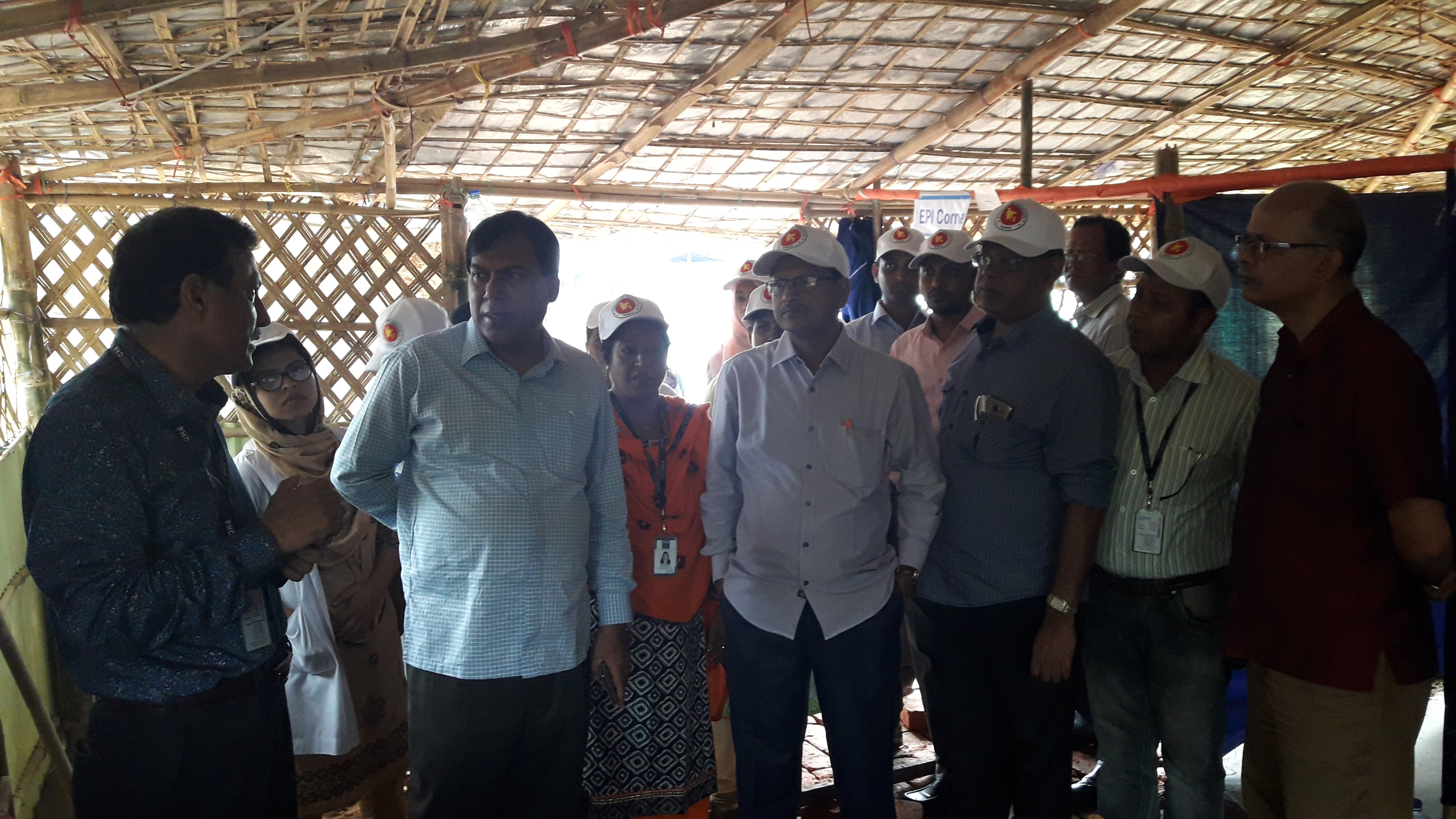| Since 25 August 2017, an estimated 688,000 Rohingya have crossed over from Myanmar into Cox’s Bazar, Bangladesh, joining approximately 212 000 others who had fled in earlier waves of displacement. Pre-existing camps and settlements as well as new spontaneous settlements have expanded with the new influx. The scale of influx into Cox’s Bazar district and the scarcity of resources resulted in a critical humanitarian emergency that exceeded the coping capacity of the local communities and systems. The crowded living conditions in camps and settlements expose the refugees to further risks of public and individual health. Basic services available prior to influx became over-strained due to massive demands on the systems and services. |

|
Project Title |
Funded/ Supported by |
Duration |
|
|
Start |
End |
||
| BGD AHP Rohingya response phase IV; Please click for more--- | Department of Foreign Affairs and Trade Australia (DFAT) | January 2021 | July 2025 |
|
In collaboration with UNFPA |
July 2018 |
December 2025 |
|
|
In collaboration with UNICEF |
September 2017 |
December 2025 |
|
| Nutrition Interventions for vulnerable Rohingya and Host Communities in Cox’s Bazaar, in particular Children Under five, Adolescents, Pregnant and Lactating women; Please click for more--- | World Bank through UNICEF Bangladesh | January 2020 | February 2022 |
| WOMEN’S REFUGEE COMMISION (WRC) | March 2020 | December 2020 | |
| Community Health Volunteer Network in Rohingya refugee camp in Ukhiya Upazila, Cox’s Bazar, Bangladesh in the context of the COVID-19 crisis; Please click for more--- | Médecins du Monde Japan (MdMJ) | July 2020 | December 2020 |
